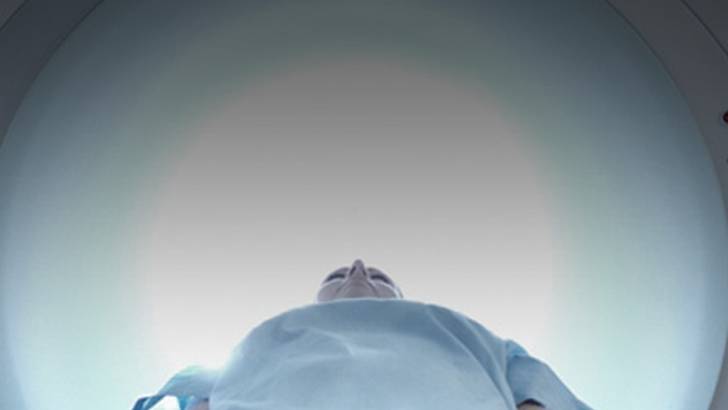It's not uncommon for women to report experiencing menstrual changes after having given birth two or more times. These changes include shorter cycles, increased cramping, and heavier bleeding, at times with clots. Such changes are hallmark signs of adenomyosis. Definitive diagnosis of adenomyosis can be made easily with MRI or ultrasound, but are there therapeutic options from interventional radiology as well? If so, can these methods replace hysterectomy? Dr. James Spies, professor of radiology at Georgetown University and chairman of the department of radiology at Georgetown University Medical Center, joins host Dr. Jason Birnholz to resolve these questions.
ReachMD
Be part of the knowledge.™We’re glad to see you’re enjoying ReachMD…
but how about a more personalized experience?
Treating Adenomyosis: Alternatives to Hysterectomy
Recommended
Overview
It's not uncommon for women to report experiencing menstrual changes after having given birth two or more times. These changes include shorter cycles, increased cramping, and heavier bleeding, at times with clots. Such changes are hallmark signs of adenomyosis. Definitive diagnosis of adenomyosis can be made easily with MRI or ultrasound, but are there therapeutic options from interventional radiology as well? If so, can these methods replace hysterectomy? Dr. James Spies, professor of radiology at Georgetown University and chairman of the department of radiology at Georgetown University Medical Center, joins host Dr. Jason Birnholz to resolve these questions.


Facebook Comments